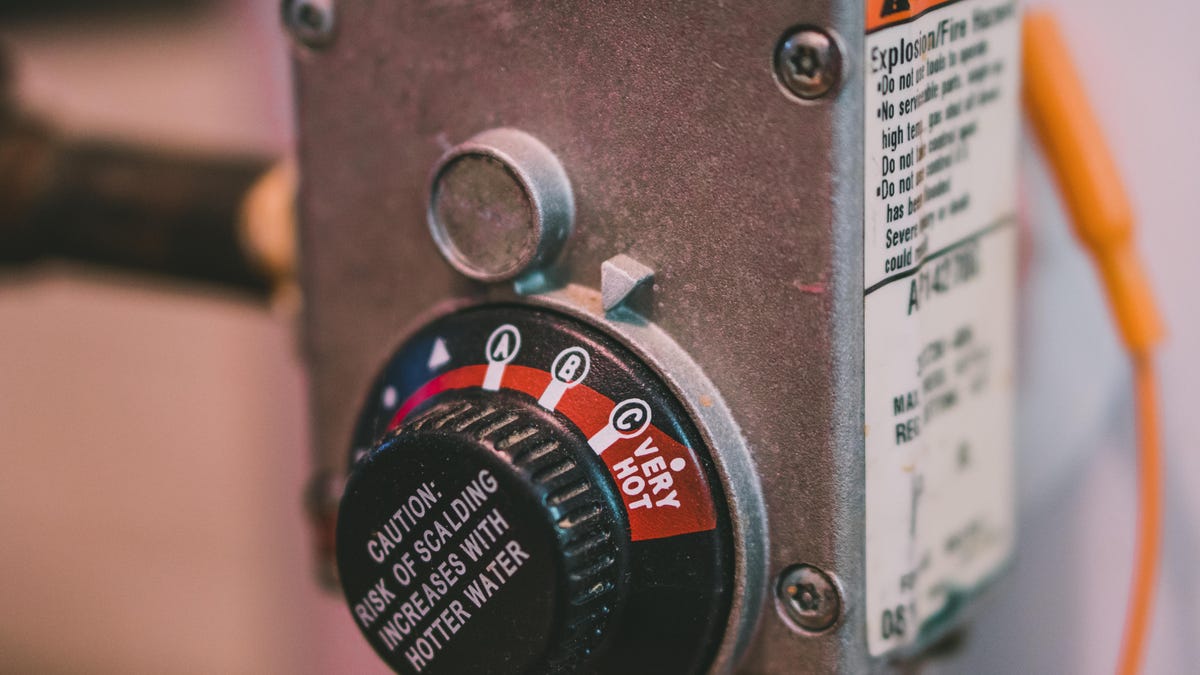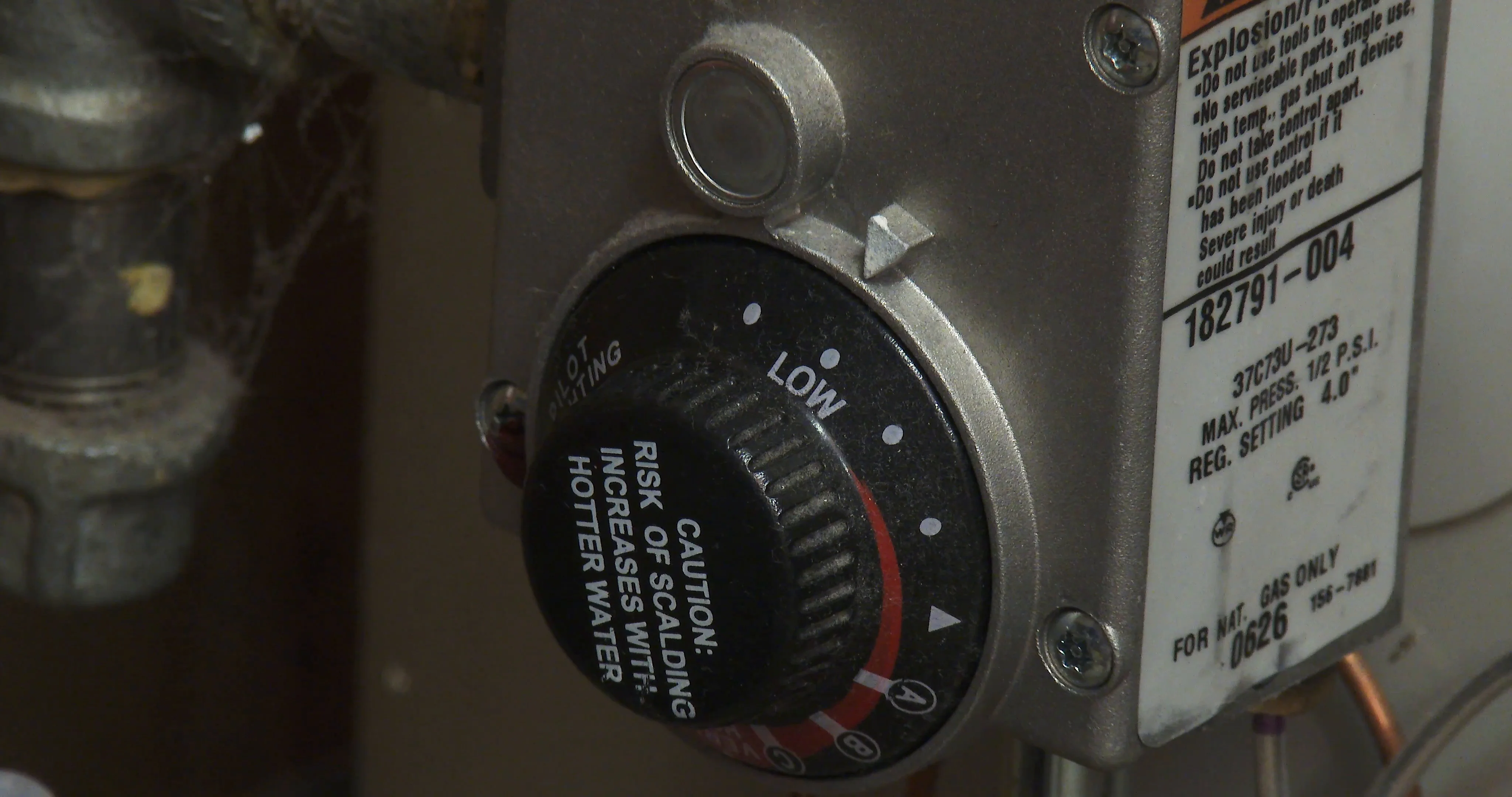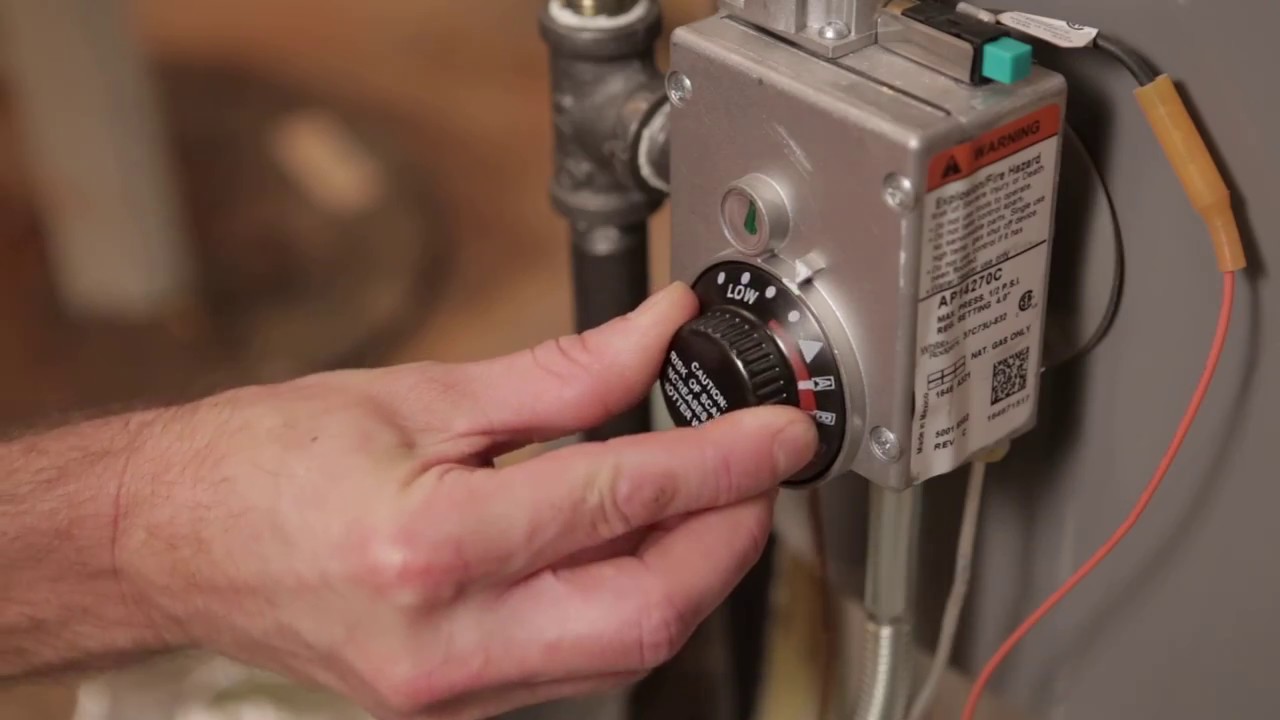What's A Good Temperature For The Heater

Finding the "perfect" temperature for your heater is a balancing act. It depends on several factors, including personal preference, energy costs, and the specific characteristics of your home. There's no single right answer, but this guide will help you understand the key considerations and make an informed decision about what's a good temperature for your situation.
Understanding the Basics
Before diving into specific temperatures, it's crucial to understand how your heating system works and the factors that influence its efficiency.
How Heating Systems Work (Simplified)
Most heating systems work by generating heat (through burning fuel like natural gas, electricity, or oil) and then distributing that heat throughout your home. This distribution can happen in several ways:
- Forced Air Systems: These systems use a furnace to heat air, which is then blown through ducts and into rooms via vents.
- Radiant Heating: These systems use hot water or electricity to heat radiators, baseboard heaters, or even the floor itself. The heated surfaces then radiate heat into the room.
- Heat Pumps: While they can also cool, heat pumps move heat rather than generating it. In heating mode, they extract heat from the outside air (even cold air contains some heat) and transfer it inside. Think of it like a refrigerator in reverse.
Understanding your heating system type helps you understand its strengths and limitations. For example, a heat pump's efficiency drops significantly in very cold temperatures, while a radiant system might take longer to heat a room initially but provide more consistent warmth.
Factors Influencing Heating Needs
Several factors will impact what temperature feels comfortable and is energy-efficient for you:
- Personal Comfort: This is subjective! Some people feel cold easily, while others prefer cooler temperatures.
- Climate: Obviously, someone living in Minnesota will have different heating needs than someone in Arizona.
- Home Insulation: A well-insulated home retains heat better, requiring less energy to maintain a comfortable temperature. Poor insulation leads to heat loss, forcing your heater to work harder.
- Drafts: Drafts from leaky windows or doors can make a room feel colder, even if the thermostat is set high.
- Age and Health: Older adults and individuals with certain health conditions may require warmer temperatures.
- Activity Level: If you're physically active indoors, you might feel comfortable at a lower temperature than if you're sedentary.
Recommended Temperature Ranges
While personal preference is key, energy efficiency experts and studies offer some general temperature recommendations.
The Gold Standard: 68°F (20°C)
Many experts recommend setting your thermostat to 68°F (20°C) when you're home and awake. This temperature is considered a good balance between comfort and energy savings. It's a comfortable temperature for most people engaged in moderate activity.
Saving Energy While Asleep or Away: Lowering the Thermostat
The most significant energy savings come from lowering your thermostat when you're asleep or away from home. For every degree you lower the thermostat for eight hours or more, you can save around 1% on your heating bill. The longer the period and the larger the temperature difference, the greater the savings.
- Nighttime: Lowering the thermostat by 7-10 degrees while you sleep can result in substantial savings. A temperature of 60-62°F (15-17°C) is often recommended for sleeping. Using extra blankets or warmer pajamas can help you stay comfortable at this lower temperature.
- While Away: If you're going to be away from home for several hours or days, lowering the thermostat even further is ideal. A temperature of 55°F (13°C) is generally recommended to prevent pipes from freezing in cold climates. Don't turn the heat completely off, especially if you have pets or live in an area prone to freezing temperatures.
Adjusting for Specific Circumstances
The above recommendations are just guidelines. You may need to adjust based on your specific situation:
- Older Adults and Infants: These individuals may require warmer temperatures for health and safety reasons. A temperature of 70-72°F (21-22°C) might be more appropriate.
- Drafty Homes: If your home has significant drafts, you may need to set the thermostat slightly higher to compensate for the heat loss. However, addressing the drafts (e.g., sealing windows and doors) is a more effective long-term solution.
- Infrequent Use Rooms: For rooms you rarely use, consider closing the vents and turning down the heat in those areas. This can help focus heating efforts on the occupied spaces. However, be mindful of potential pipe freezing in very cold climates.
Tips for Optimizing Your Heating Efficiency
Setting the right temperature is just one piece of the puzzle. Here are some additional tips to maximize your heating efficiency and minimize your energy bills:
- Programmable Thermostat: A programmable thermostat allows you to automatically adjust the temperature based on your schedule. You can set it to lower the temperature while you're asleep or away and raise it before you wake up or return home. Smart thermostats offer even more advanced features, such as learning your habits and adjusting the temperature accordingly.
- Regular Maintenance: Schedule regular maintenance for your heating system to ensure it's running efficiently. This includes changing filters, cleaning burners, and inspecting ductwork for leaks. A well-maintained system will use less energy and last longer.
- Improve Insulation: Adding insulation to your attic, walls, and floors can significantly reduce heat loss and lower your heating bills. This is a long-term investment that pays off over time.
- Seal Drafts: Seal any drafts around windows, doors, and other openings. Caulk and weatherstripping are inexpensive and easy to apply.
- Use Curtains and Blinds: Open curtains and blinds during the day to let sunlight in and help warm your home naturally. Close them at night to retain heat.
- Consider a Space Heater: If you only need to heat a small area, a space heater can be a more efficient option than heating the entire house. However, use space heaters safely and never leave them unattended.
- Dress Appropriately: Wearing warmer clothing indoors can allow you to lower the thermostat without sacrificing comfort. Think sweaters, socks, and even hats!
Common Mistakes to Avoid
Many homeowners unknowingly make mistakes that waste energy and increase their heating bills. Here are some common pitfalls to avoid:
- Turning the Heat Up Too High: Turning the thermostat up higher than necessary won't heat your home any faster. It will simply cause your heating system to run longer and consume more energy.
- Constantly Adjusting the Thermostat: Frequently adjusting the thermostat can actually decrease efficiency. Allow your heating system to maintain a consistent temperature.
- Ignoring Airflow: Make sure furniture and other objects aren't blocking vents, preventing proper airflow. Keep vents clean and free of dust.
- Neglecting Maintenance: Failing to maintain your heating system can lead to reduced efficiency and costly repairs.
- Not Using a Programmable Thermostat: If you don't have a programmable thermostat, you're missing out on a significant opportunity to save energy.
Troubleshooting Heating Problems
If your heating system isn't working properly, it's important to troubleshoot the problem before calling a professional. Here are some common issues and potential solutions:
- No Heat: Check the thermostat settings, circuit breaker, and gas valve (if applicable). Make sure the furnace filter is clean. If the problem persists, call a qualified HVAC technician.
- Uneven Heating: This could be due to blocked vents, leaky ductwork, or a malfunctioning zone control system. Check vents and ducts for obstructions. If necessary, consult a professional.
- Strange Noises: Unusual noises, such as banging or whistling, could indicate a mechanical problem. Turn off the system and call a technician.
- High Energy Bills: If your heating bills are unusually high, it could be a sign of an inefficient system or a problem with insulation. Have your system inspected and consider improving insulation.
Conclusion: Finding Your Ideal Temperature
Ultimately, the "right" temperature for your heater is a personal decision that depends on your comfort preferences, budget, and home's characteristics. By understanding the factors that influence heating needs, following the recommended temperature ranges, and implementing energy-saving tips, you can find a balance between comfort and efficiency. Experiment with different settings and monitor your energy bills to determine what works best for you. Remember that regular maintenance and addressing underlying issues like drafts and poor insulation are crucial for optimizing your heating system's performance and minimizing your energy consumption. Don't be afraid to adjust and fine-tune your settings as needed throughout the heating season to achieve the perfect balance.









